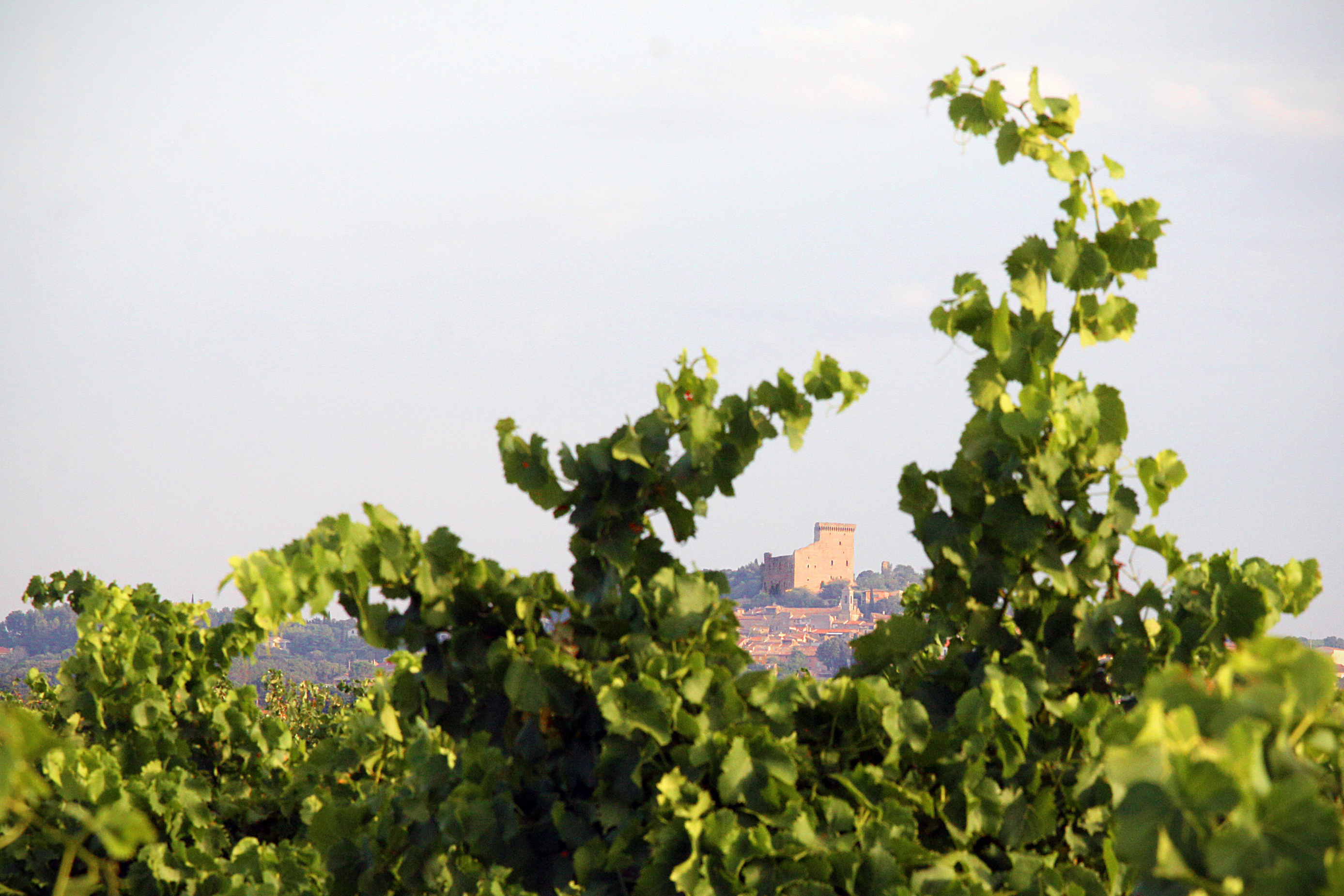


Talking to growers in the Rhone valley about the changes to climate in their region, they have all remarked that the most significant shift has been a trend towards extreme variations in weather. In years past, most vintages were warm and dry and while rain sometimes spoiled a harvest, such as 2008, it was fairly uncommon. Growers who were once used to battling drought now have to contend with freak downpours, hail and early season heat waves. The challenges facing vignerons in the Rhône, only reinforces the importance of farming – those who farm intensively by balancing the crop and vegetative growth to the vagaries of weather were able to bring in a successful harvest in the challenging 2014 vintage. Of the various criteria we use to select properties for our portfolio, farming is near the top of the list – so all of our growers did quite well in 2014. Some cuvées were not made, and production was reduced due to an extremely strict selection of fruit – two additional indications of their commitment to quality.
2014 began with a warm and dry Spring. Due to the small fruit set with Grenache the previous year the vines in 2014 set a fairly large crop and with warm weather throughout the first part of the growing season it looked like it would be a splendid vintage. Unfortunately the clement weather ended in June when the temperatures dropped and it began to rain. It seemed to some that the vintage began with Summer only to be followed by Spring! As the weather remained cool in August many of the wiser growers started to drop fruit to improve quality. By the time August was ending, warm weather returned but the region was still plagued by occasional storms. Sandy terroirs fared better than clay soils and those who were patient we able to harvest fruit that was ripe and without dilution. Harvest commenced mid-September and finished well into October. Adding insult to injury there was also an outbreak of Asian fruit flies at harvest, so rigorous sorting was required at the cellar door, further reducing yields.
Despite the difficulties in the vineyard, once the fruit reached the cellar fermentation proceeded without any difficulties. Finished alcohol levels were down slightly from 2013 and with a greater proportion of Grenache in most cuvées, they are less structured, smoky and darkly-fruited than the 2013s. With their brighter, red-fruit profile and amazingly floral aromatics, ranging from lavender to rose petal, the 2014s are a welcome addition to the table. The freshness, minerality and acidity of these wines will pair well with the grill and the bounty of the summer garden. So charming and lithe are these wines now, so precise and aromatic, it would appear that this is not a vintage for the cellar, but having tasted many past, “lighter vintages” from the cellars of our growers, you might be surprised how they develop in bottle.
For further reference we’re including reviews from Jeb Dunnuck at the Wine Advocate as well as Josh Raynolds from Vinous Media.